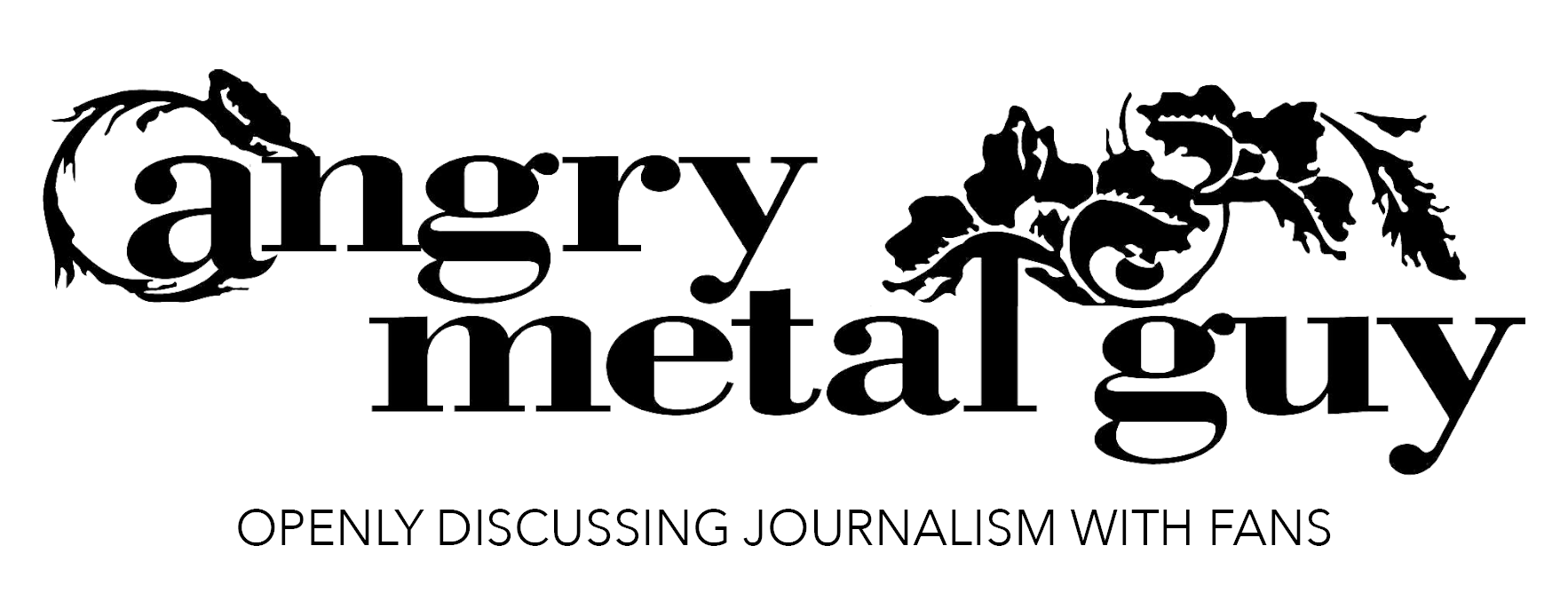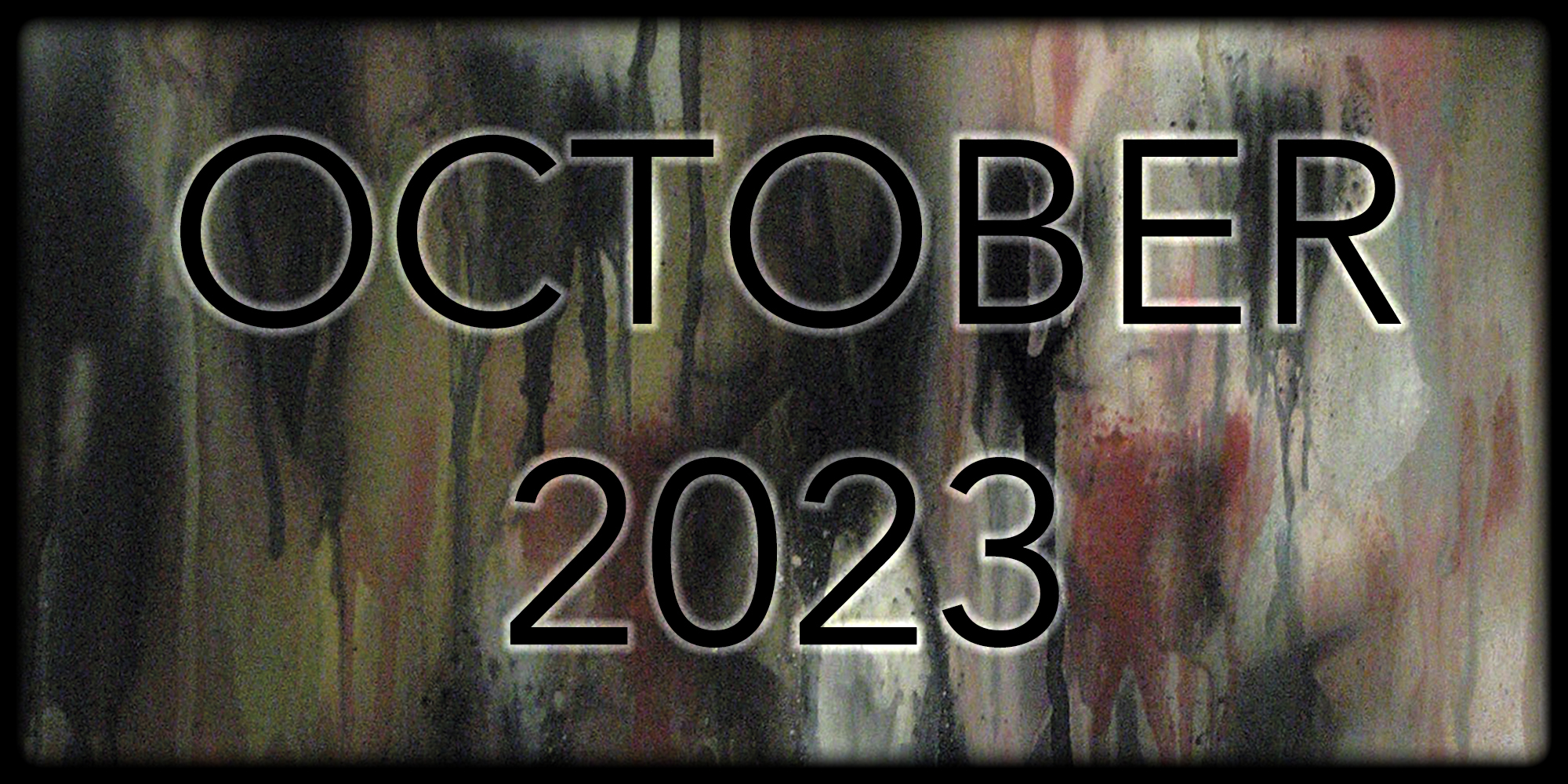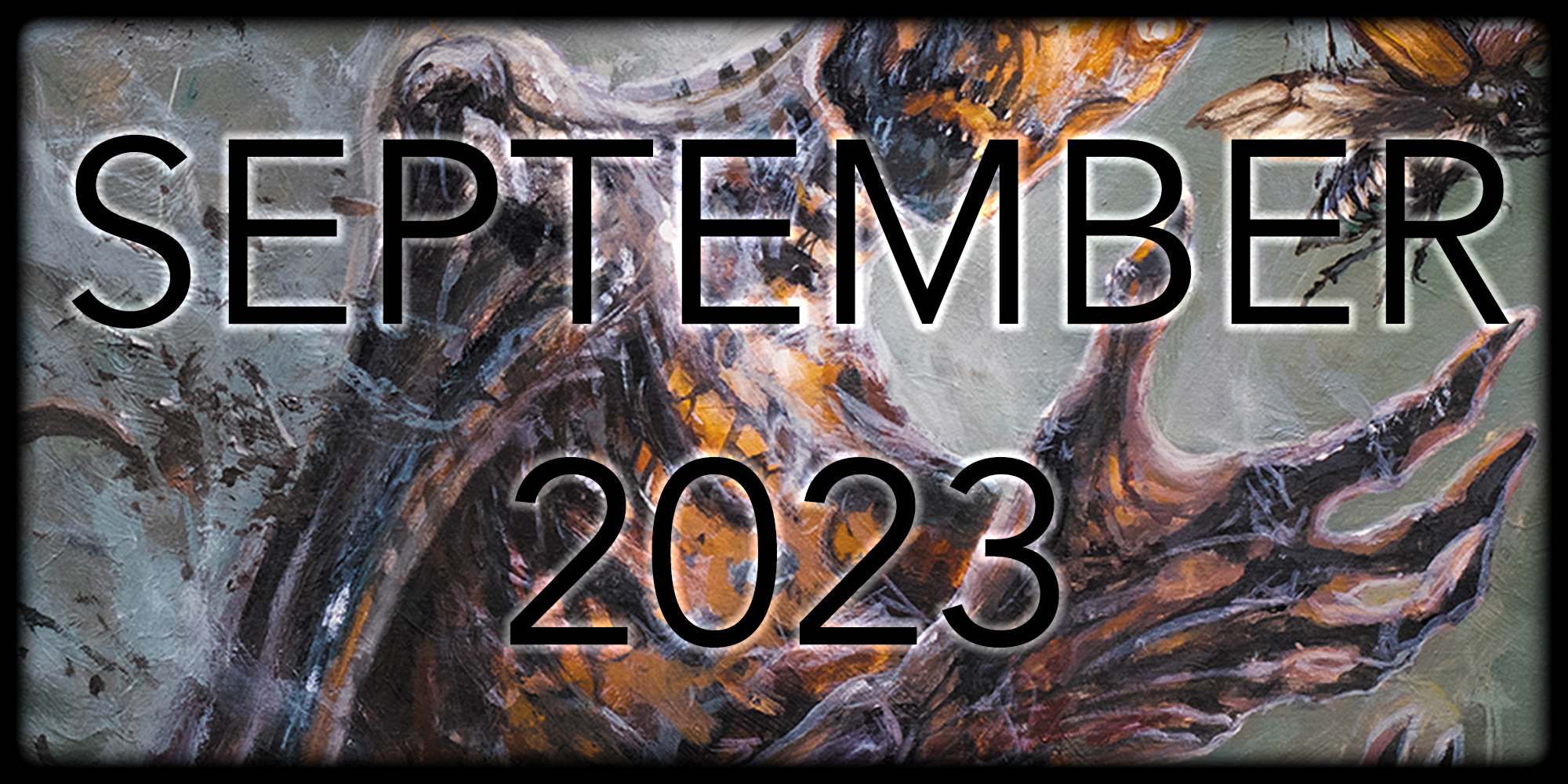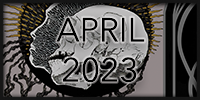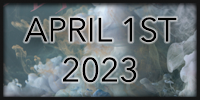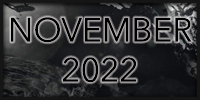Angry Metal-Fi is a series of articles that are cross posted on Angry Metal Guy and Metal-Fi as a collaborative effort to evangelize dynamics in metal.
Written By: Dave-Fi
 A little over two years ago, I attempted to separate fact from fiction, and explain the reality of music on vinyl as opposed to the most common misconceptions. This is still an area where I see a lot of confusion though, so I believe the time has come to finally set the record, as it were, straight. First, let’s talk about how your favorite metal album makes its way onto that 12” piece of wax.
A little over two years ago, I attempted to separate fact from fiction, and explain the reality of music on vinyl as opposed to the most common misconceptions. This is still an area where I see a lot of confusion though, so I believe the time has come to finally set the record, as it were, straight. First, let’s talk about how your favorite metal album makes its way onto that 12” piece of wax.
Once the final digital master has been locked down by the mastering engineer, it’s sent to the (usually uncredited) engineer in charge of adapting that master for vinyl. After that, a master disc is then cut on a vinyl cutting lathe so that the album can be sent on to the record pressing machines for mass production. This first step of adapting the digital master for vinyl must take place – you cannot simply put the digital master as it came from the mastering engineer onto vinyl with no adjustments and call it a day. The reason why is what’s known as the RIAA EQ curve.
When it comes to CDs, there are very few rules. The main one is that the audio data must be 16-bit/44.1kHz, which by definition limits your audio frequencies to 20Hz-22.05kHz. You also cannot go longer than 79.8 minutes, and you can’t have more than 99 tracks. Other than that, you’re free to go hog wild. 20Hz bass all in the left or right channel at maximum volume is absolutely no issue, nor is blasting UHF 20kHz tones [My favorite! – Alex-Fi]. Music like that would be pretty horrible to listen to (though probably no worse than Skrillex), but there’s nothing stopping your CD player from playing it.
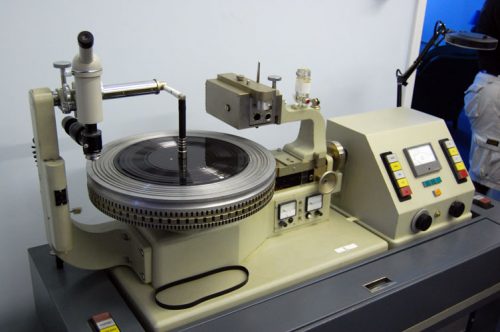
Vinyl on the other hand has a lot of rules governing what can and can not be copied on it, and a big one is that it must support the RIAA EQ curve, which has been the de facto vinyl recording standard for the last 40+ years. The first step to make a digital master suitable for vinyl is to cut the low frequencies and boost the highs using this EQ. Dropping the lows allows for much smaller grooves, which makes life a lot easier both for the cutting lathe and the stylus on your phono cartridge. Another major advantage of smaller grooves is that they take up less space on the disc, and less space per groove means more recording time per side. Boosting the level of the highs helps to combat surface noise that’s inherent in vinyl playback.
So why doesn’t vinyl sound like you’ve turned the bass all the way down and the treble all the way up on your stereo? Your phono preamplifier. The phono preamp actually has two jobs: the first is to massively boost the minuscule electrical signal produced by the phono cartridge up to a voltage level that your amplifier actually knows what to do with, and the second is to apply a perfect inverse of the RIAA EQ so that what you actually hear sounds like it’s supposed to. If the album that’s being pressed to vinyl is 10 minutes, the cutting engineer really wouldn’t have to do much beyond that initial required EQ. Unfortunately, metal albums (even ‘80s thrash albums) are rarely that short, and that’s where things start to get tricky.
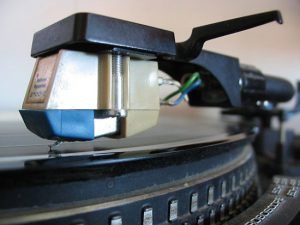 If you’re old enough to remember what a VCR was, you’ll probably know the terms SP and LP. An SP recording looked pretty good (for VHS) but limited you to around two hours of video. LP mode allowed 4+ hours, but looked and sounded like crap. There was actually a third mode called EP which could hit the 8 hour mark, but you don’t even want to know how bad that was. Similarly, it’s technically possible to squeeze over 40 minutes of music per side on a 12” 33 RPM LP, but you really don’t want to do that for the same reasons why you don’t want to watch EP videos – the more information you cram into a limited space, the worse the result.
If you’re old enough to remember what a VCR was, you’ll probably know the terms SP and LP. An SP recording looked pretty good (for VHS) but limited you to around two hours of video. LP mode allowed 4+ hours, but looked and sounded like crap. There was actually a third mode called EP which could hit the 8 hour mark, but you don’t even want to know how bad that was. Similarly, it’s technically possible to squeeze over 40 minutes of music per side on a 12” 33 RPM LP, but you really don’t want to do that for the same reasons why you don’t want to watch EP videos – the more information you cram into a limited space, the worse the result.
Ideally, 33s should be kept to no more than around 22 minutes per side. If your album is 44 minutes, then you’re gold. If on the other hand it’s well into the 50 minute mark, and the record company doesn’t want to pay for a double LP, then the cutting engineer has some work to do. Lots of bass makes for wide grooves, but so does lots of volume overall, and if you’re at all familiar with the Angry Metal-Fi series (or my and Alex’s work on Metal-Fi) then you’ll know that the vast majority of metal albums produced since 1993 are obnoxiously loud. It is therefore very likely that the cutting engineer will need to drop the volume by several dB even with just a 22 minute side.
This is a critically important point, and one of the most common misunderstandings with vinyl, so I’m going to repeat it. The cutting engineer will turn the volume down, just like you would with your own volume knob at home. They don’t need to add dynamic range back to smashed recordings to make them work on vinyl, in fact they can’t. Once the dynamics have been lost, they can’t be put back without a remaster. It’s absolutely possible to put a DR3 piece of garbage on vinyl exactly the way it came in. The only difference vs. the CD is that the overall volume will be down.
If a side needs to be stretched to over 25 minutes, the cutting engineer will have to get more hands on, and this is where the vinyl version of an album can often sound quite different than the CD, even if the same source master was used for both. It’s possible for vinyl to support well past the 22.05kHz upper limit of CD, but that doesn’t mean you can blast a 20kHz tone at maximum level like you can with CD. Lot’s of high frequency content on vinyl can cause bad tracking and playback distortion, so the cutting engineer may decide to use additional EQ to pull the highs down. Lots of bass only in one channel is a big no-no, (unless you like your stylus jumping the groove) so if necessary, bass may be summed to mono, or otherwise re-EQed to minimize the possibility of tracking errors and distortion.
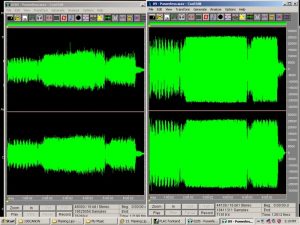 Unfortunately, there’s no analog DR meter that you can easily use for free, so in order to measure the dynamic range of a vinyl release using the standard software tools, you have to record it to a computer and then measure the resulting digital file. Here’s the problem though, that doesn’t work. I won’t bore you by going into all of the technical minutiae on exactly why it doesn’t work, but trust me, it doesn’t. So while the DR database is an invaluable tool to compare digital versions of an album, every “vinyl” score you see there is completely and utterly meaningless. Every single one. It’s entirely possible that a DR5 CD may report as DR11 on vinyl even if it came from the exact same source and sounds identical. Or it could’ve come from a genuine DR11 dynamic vinyl master. It’s simply impossible to know by just looking at the number.
Unfortunately, there’s no analog DR meter that you can easily use for free, so in order to measure the dynamic range of a vinyl release using the standard software tools, you have to record it to a computer and then measure the resulting digital file. Here’s the problem though, that doesn’t work. I won’t bore you by going into all of the technical minutiae on exactly why it doesn’t work, but trust me, it doesn’t. So while the DR database is an invaluable tool to compare digital versions of an album, every “vinyl” score you see there is completely and utterly meaningless. Every single one. It’s entirely possible that a DR5 CD may report as DR11 on vinyl even if it came from the exact same source and sounds identical. Or it could’ve come from a genuine DR11 dynamic vinyl master. It’s simply impossible to know by just looking at the number.
The best way to find out whether a dedicated, dynamic master was used for the vinyl version is to ask the label, or failing that, the engineers involved. If they aren’t forthcoming, the only viable alternative is to record the vinyl to a computer, and then level match that file with the CD version and do an A/B comparison. Trying to swap back and forth between your turntable and CD player isn’t good enough, it’s simply too difficult to get the levels exactly right (or switch fast enough), and even a small difference in volume can easily fool you into thinking that one is better than the other. Of course this is a giant pain in the ass, and requires you to buy the vinyl before you know where it came from. If you’re considering a rare, out of print copy or a big box set with a three digit price tag [Oh Meshuggah, how you hurt me so! – Alex-Fi], this is a daunting proposition.
This is why it really pisses me off that almost no one bothers to document the source of their vinyl mastering anywhere. If you’re charging $40 for a double LP cut straight from a $9.99 CD master, I suppose I can understand why you might not want to broadcast that fact. What really baffles me though is why labels that go to the trouble of creating a dedicated master just for vinyl keep quiet about it. Put a little sticker on the shrink wrap, or hell, just add three words to the description of the vinyl version on your webstore: “special vinyl mastering.” That’s it. Is that so hard? You’ll likely get more buyers (at the very least I am far more likely to buy your album on vinyl if I know you went to the trouble of creating a dynamic master for it) and all you have to do is add those special three little words.
The five LP box for Swallow The Sun’s Songs From The North cost a pretty penny, but I knew it was worth it because they bothered to put a “special vinyl mastering” sticker on the front, and it turns one of the worst sounding albums of last year into one of the best. What about the amazing new Haken and Vektor albums? Well, the last Haken album got a dedicated vinyl master, so the new one probably has one as well. Or it might not. Vektor’s first two albums were both cut straight from the standard CD master, but those were also released when the band was still on Heavy Artillery. Now they’re on Earache, who are definitely no strangers to dynamic vinyl releases. So did Terminal Redux get a dynamic vinyl release? Nope!
Things get even trickier when it comes to vinyl reissues, especially when those reissues are from a third party. For example, the original Music For Nations vinyl release of Opeth’s Blackwater Park from 2001 sounds fantastic. Each subsequent reissue is worse than the last. Now that Music For Nations has been reborn, it’s possible that there might one day be another great vinyl release of that album. Until that happens though, be prepared to fork over a good $100 if you want to hear Blackwater the way it should be.
When it comes to metal on vinyl these days, the gold standard is definitely Blood Music. That’s not to say I love their tiny 100 copy (or less!) pressings because I don’t, but at least with their releases you know exactly what you’re getting, and thus can make an informed decision on where to spend your money. If every webstore offered the same kind of mastering provenance information that Blood does, I would be over the moon. For now, my feet remain firmly planted on terra firma.
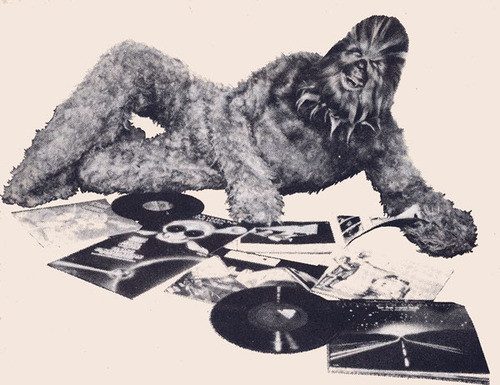
In the end, it’s wise to assume that whatever album you are considering on vinyl was cut straight from CD unless explicitly stated otherwise, as special dynamic vinyl releases are by far the exception rather than the rule. Don’t assume that a high DR score for the vinyl version on the database means anything, or you’re likely to be disappointed. As my partner in crime likes to say about high-res audio, vinyl is like a box of chocolates. You never know what you’re gonna get.
